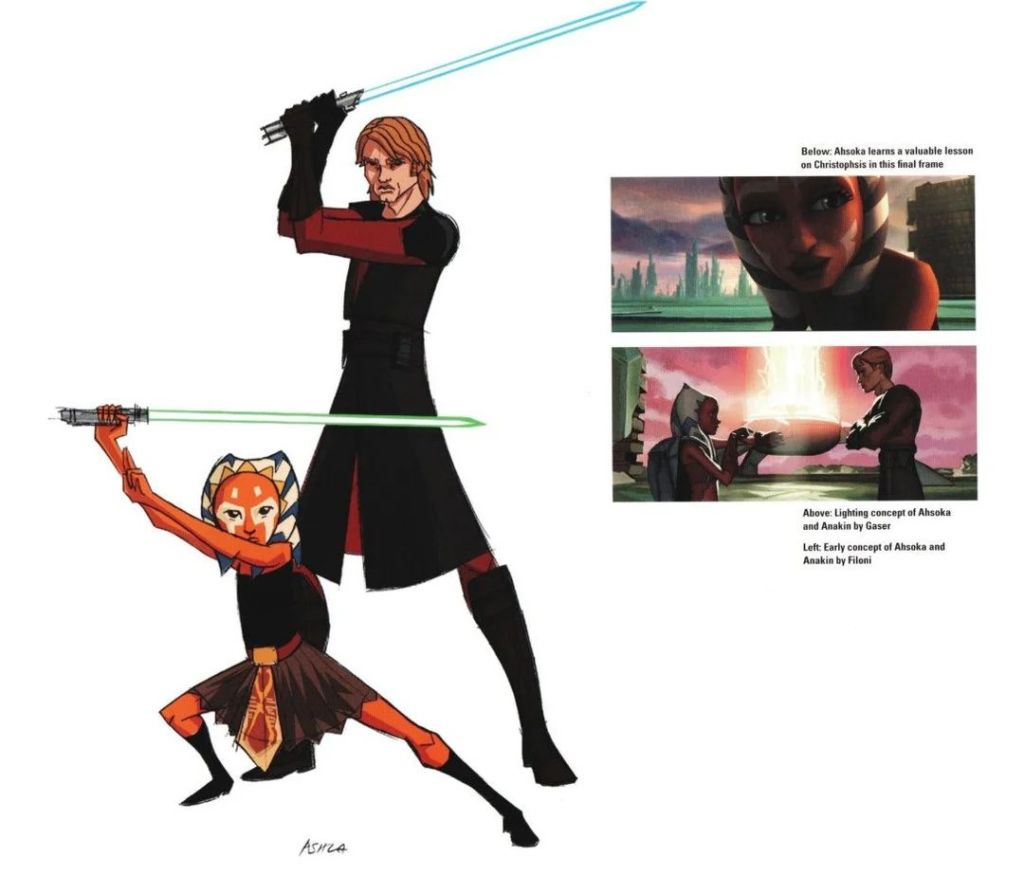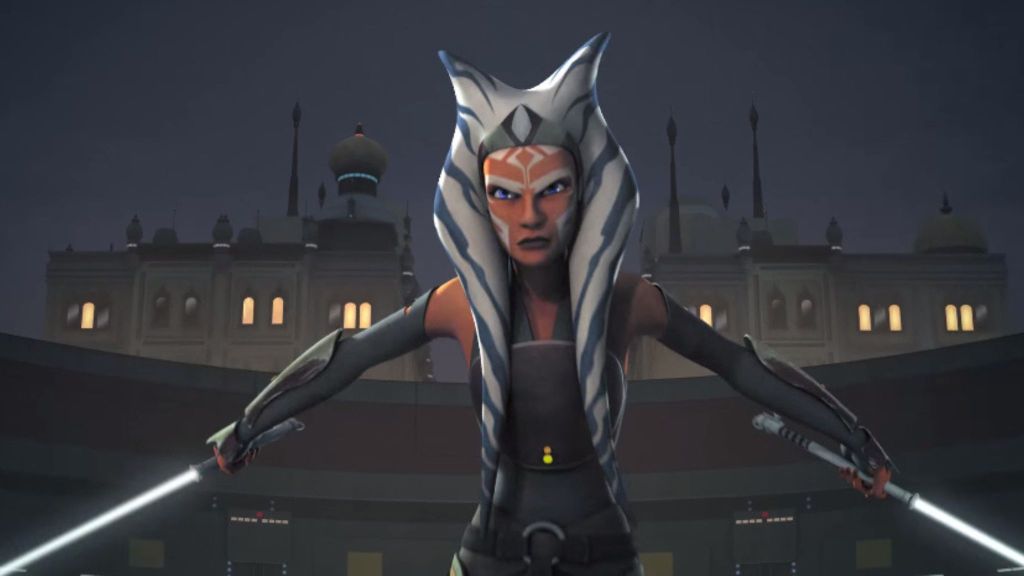When Ahsoka Tano burst onto the Star Wars scene in 2008’s Star Wars: The Clone Wars film, she quickly became a fan favorite, evolving from Anakin Skywalker’s plucky padawan into a complex and revered figure within the Jedi Order and beyond. Her journey, deeply intertwined with Anakin’s fall and the rise of the Empire, felt organically woven into the fabric of Star Wars canon. Yet, as iconic as her established backstory has become, it wasn’t the first iteration her creator and current Chief Creative Officer of Lucasfilm, Dave Filoni, had in mind. Before The Clone Wars animated series even materialized, Filoni had a different vision for Ahsoka; one rooted in an earlier, ultimately unproduced Star Wars project.
Videos by ComicBook.com
This initial concept would have given Ahsoka a radically alternate origin, stripping away her Jedi ties and placing her in a unique role within the galaxy. Understanding this discarded blueprint not only highlights Filoni’s creative evolution but also underscores the profound impact The Clone Wars had on shaping one of Star Wars’ most beloved characters.
“Ashla” and the Unseen Cast of Original Clone Wars

Before the call came to develop The Clone Wars, Dave Filoni was actively pitching a different Star Wars animated series. This earlier concept centered on a group of characters outside the typical Jedi-centric narrative. Within this original framework, a character strikingly similar to Ahsoka Tano was conceived, albeit with a vastly different history and skill set. In his concept art, under the banner “Clone Wars Original Cast 2005,” Filoni showcases “Ashla” alongside a roster of never-before-seen characters who did not make it into the animated series: Sendak, Lunker, Cad, and Lupe. This reveals a glimpse into a different galaxy, one where a more diverse and perhaps less Force-centric cast might have taken center stage.
RELATED: Ahsoka Tano Was Inspired by a Studio Ghibli Favorite, And You Never Noticed It
In this initial vision, Ashla was not a Force-sensitive Togruta discovered by the Jedi Order as a child. Filoni’s early sketches for Ashla depict a more mature character, a Togruta designed with a long, pleated skirt and more traditional attire, notably different from the youthful and minimalist look of the final Ahsoka Tano. Filoni had originally intended for her to be an older, more established character, but Lucas was not fond of the design, finding it “too much like a classic UFO alien,” and preferred a younger, more relatable appearance.

When Ahsoka started to take shape, Filoni envisioned she would be Obi-Wan Kenobi’s Padawan as a replacement for Anakin, who had moved on from being an apprentice to fight as a General in the Clone Wars. This would have placed her in a similar dynamic to Anakin and Obi-Wan’s relationship, establishing a different kind of Master-Padawan bond within the series. However, this concept was ultimately set aside. Instead, the final Ahsoka, as seen in the Clone Wars film and series, emerged from Lucas’s insistence on Anakin having a Padawan, leading to the creation of a character who could reflect a mix of Anakin’s brashness and Obi-Wan’s measured judgment.
The distinct origin story of Ashla speaks volumes about Filoni’s early inclinations and how he saw potential for new avenues within the Star Wars universe outside of the traditional Jedi framework, initially contemplating a role for her as a savvy, older figure before the direct intervention of George Lucas reshaped her destiny entirely.
George Lucas’s Insistence on Anakin’s Padawan Reworked Ashla into Ahsoka Tano

The genesis of The Clone Wars presented Dave Filoni with an unparalleled opportunity: to tell stories within the most fertile period of Star Wars lore, bridging the gap between Star Wars: Attack of the Clones and Star Wars: Revenge of the Sith. However, this opportunity also demanded a significant pivot for the character he had been designing. Filoni himself has stated that he never thought Anakin Skywalker would have a Padawan, and was as surprised as anyone else at the addition to Anakin’s backstory. His initial inclination, aligning with established canon at the time, was that Anakin would remain without an apprentice. But George Lucas, ever the visionary, insisted. Lucas had a specific role in mind for a new character: Anakin’s Padawan. This directive fundamentally reshaped Ashla’s entire existence, transforming her from Obi-Wan’s potential apprentice into the bright-eyed Jedi Padawan we now know as Ahsoka Tano.
Her journey became intrinsically linked to Anakin’s, serving as a critical lens through which to explore his eventual descent into darkness. This dramatic shift highlights the collaborative nature of creative development and the often-unpredictable paths projects can take. While Filoni’s original idea for Ashla and her companions was compelling in its own right, the demands of The Clone Wars and Lucas’s vision allowed for a deeper exploration of Jedi philosophy, the complexities of war, and the deep master-padawan bond. The decision to make Ahsoka Anakin’s apprentice not only provided invaluable character development for both, but also offered viewers a unique perspective on the Jedi Order from the inside. Her initial exuberance and later disillusionment with the Council resonated deeply with audiences and led to a character who was no longer a Jedi and relied on her own worldly experiences to decide right from wrong.
Ultimately, while her original backstory as Ashla is an intriguing alternative, the Ahsoka Tano we know and love today – the Padawan who challenged the norms, the survivor who walked away from the Jedi, and the unwavering beacon of hope – is a testament to the transformative power of a truly collaborative storytelling process within the Star Wars universe, shaped by the creative synergy between Dave Filoni and George Lucas.









